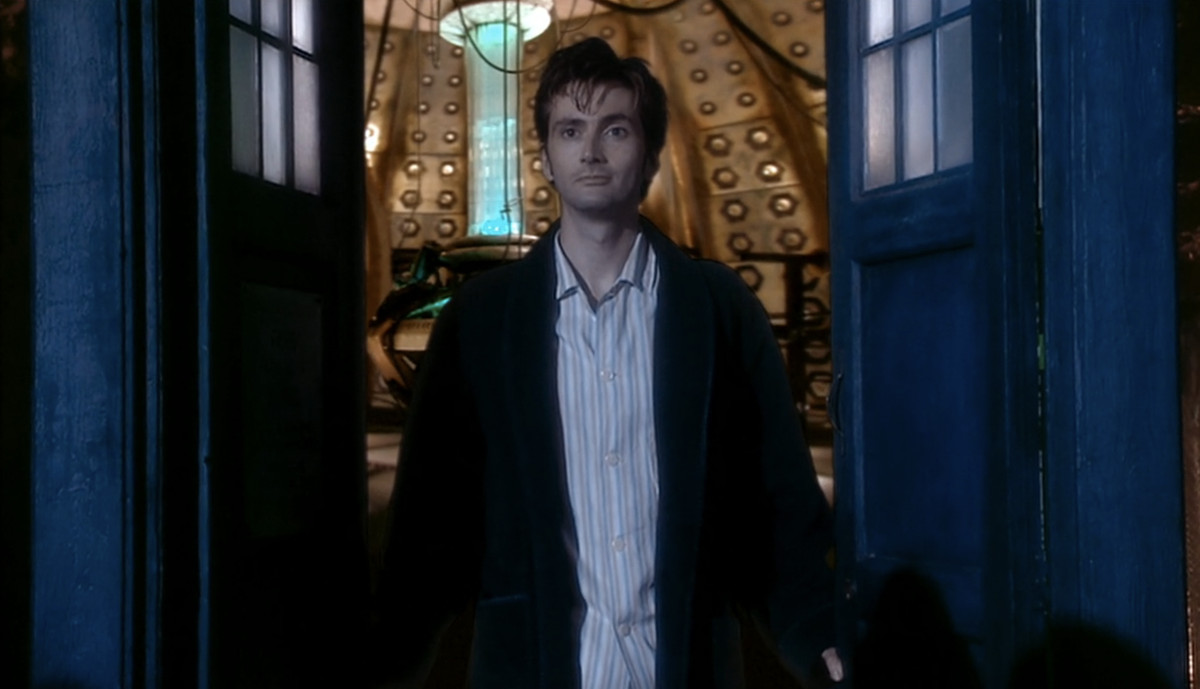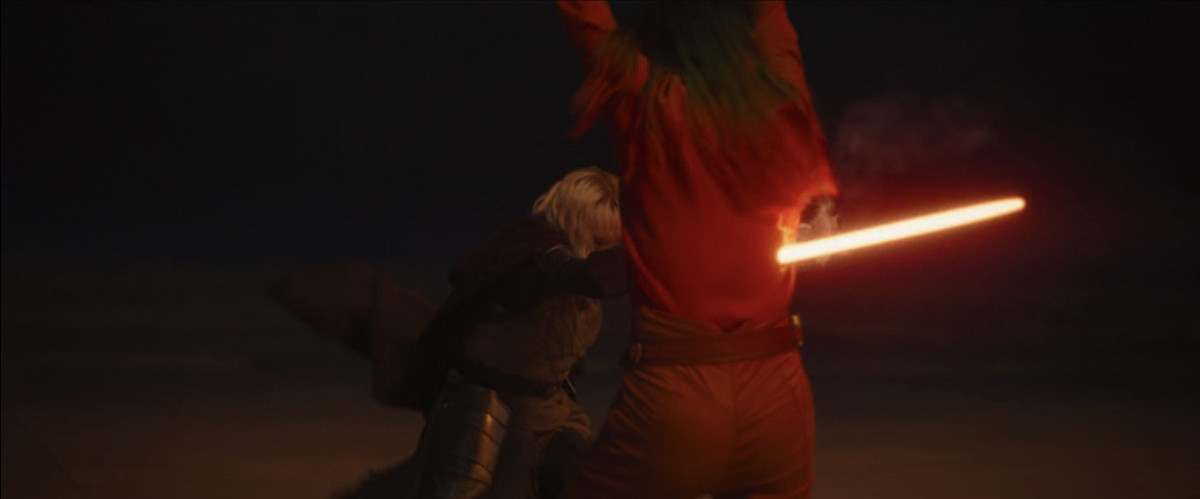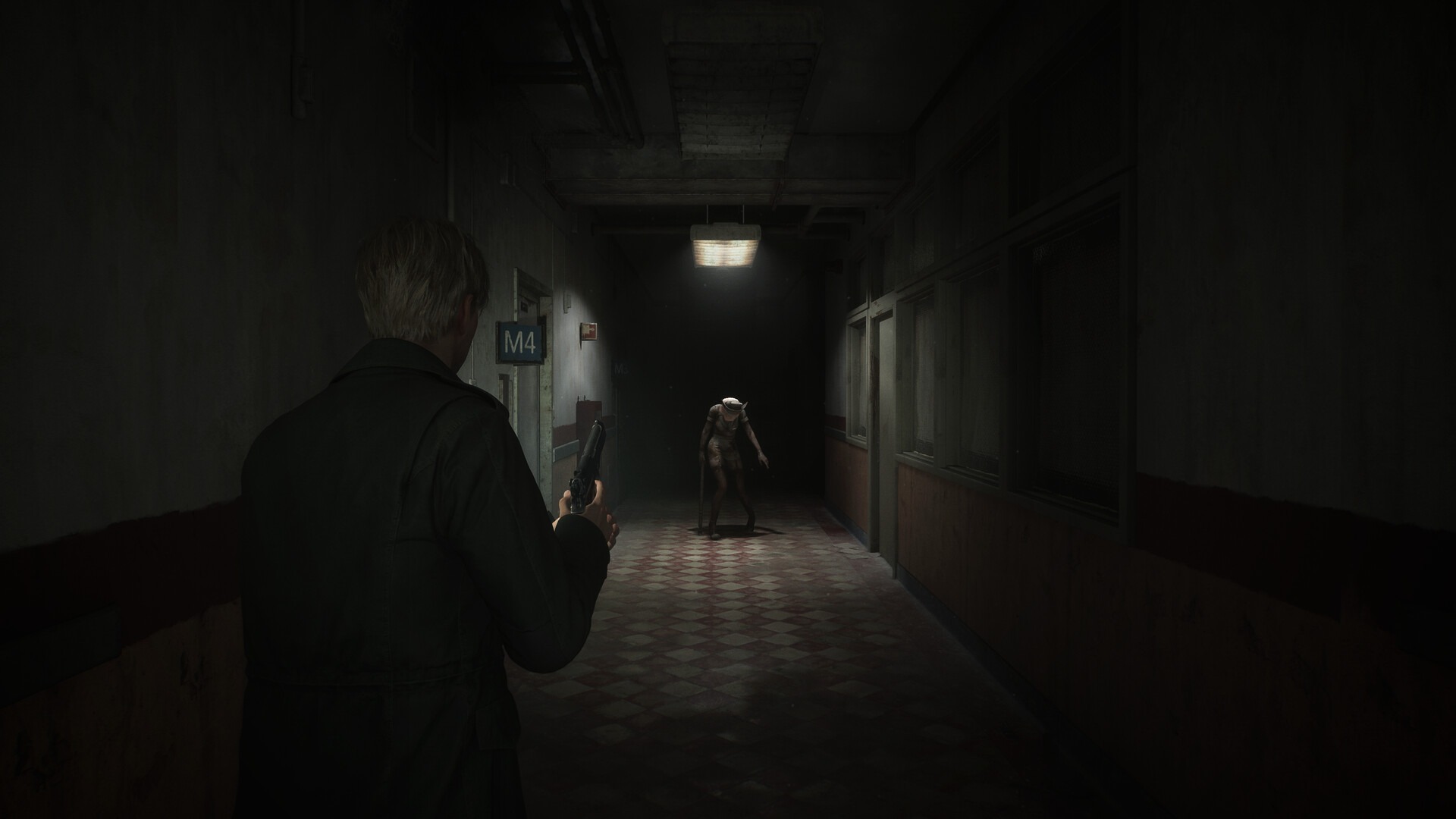Do y’all remember Twilight and its death grip on what felt like every bookstore, movie theater, and mall in America in the early 2000s? At the time, critics regarded it poorly — like so much other entertainment aimed at young women. Now, in 2023, Twilight is having a pop culture resurgence as fans embrace it unironically and otherwise, with a sort of joyous abandon usually reserved for Disney adults and Christmas people.
As the attitude toward romance books has positively shifted, an influx of readers has spurred another era in which fantasy romance has a death grip on pop culture — except this time, the audience wants to be choked (just a little). Publishers Weekly found that fantasy and romance each experienced a surge in book sales in 2022; 17.4% and 52.4%, respectively. The intersection of these two genres was poised to make a big splash this year, appealing to readers outside of the supernatural romance boom of the early aughts.
“Romantasy” is the latest reading trend to slam into the publishing industry, riding a wave of voracious readers seeking out sexy fae, elves, witches, orcs, and physical manifestations of death itself. The term is a combination of “romance” and “fantasy,” popularized by the force of nature that is BookTok, a lively TikTok community that sprung up around the first shelter-in-place orders of 2020. BookTokers have gone on to influence everything from end-cap displays in bookstores to special Congress sessions with the CEO of TikTok himself.
“TikTok and Discord are definitely where I got my start,” says Kimberly Lemming, romantasy author of titles like That Time I Got Drunk and Saved a Demon and the recent That Time I Got Drunk and Saved a Human. Her books are self-referential and lighthearted with a healthy dose of smutty spice — a combination that keeps readers returning again and again for what one reader described as a “mix of golden-retriever and murderous psycho energy.”
Lemming began writing in 2021 as an independent author, publishing her books and creating her own covers. “I was going through a rough patch and really wanted a book to take me away from everything, but I couldn’t really find one that was hitting the mark,” says Lemming. “I wanted a fun romantic adventure, but I also wanted it to be funny and bonus points if the main character looked like me. And I couldn’t find it. So I was like, I am so sick of not seeing what I want. I want to see this out in the world, so I’m going to do it.”
Lemming’s hilarious, cheeky romantasies exploded across TikTok and Discord servers, catching the attention of traditional publishers. She was quickly picked up by U.K.-based Jo Fletcher and Orbit in the U.S.
As of this writing, hashtags like #romantasy and #romanticfantasy have more than 600 million views on TikTok. Videos of BookTokers discussing their latest reads or simply holding up a beautiful cover garner views in the millions. The ever-present A Court of Thorns and Roses by Sarah J. Maas often acts as the gateway for new readers, with Maas’ relatably average Feyre saving the fae lands while trying to choose between the high lords of the Spring and Night courts. The pipeline from there may split off dependent on the reader, branching out into more of Maas’ back catalog with the Throne of Glass series, or trying authors like Rebecca Yarros of Fourth Wing or Jennifer L. Armentrout’s From Blood and Ash, which features the wildly popular enemies-to-lovers trope.
“If something gets picked up and talked about a lot online, we’ll sell out,” says Taylor Capizola, general manager of the Los Angeles branch of The Ripped Bodice, a romance bookstore. “And then if we go to our distributor, it’ll be back ordered stock for like two months. You just have to wait. One person says the right thing about one book and boom — it’s life-changing for that author.”
Capizola compares the current romantasy boom to the popularity of billionaire romances in the 2010s, when the country was in a recession. People sought out the fantasy of someone wealthy taking care of them and their financial problems in a familiar formula promised by a romance novel — there will always be a happy ending.
Now, readers are seeking to be swept away once more into a world where solving riddles, winning sword fights, and seducing the elf king solve problems that feel like ours in scope.
“A lot of people feel hopeless,” says Capizola. “America’s social fabric and our society hasn’t been doing too well since 2016. It gives us hope to solve these problems that feel like they’re unfixable or unsolvable. And I feel like that’s a really good drive for people to cope with the world around them.”
“Earth is ghetto right now,” says Lemming. “If you just look at the state of the world [for] our generation — we can’t buy houses, we can’t really do anything. […] So, I see the rise of […] fantasy romances [and] I’m like, yeah, I want to leave too. Let’s go ride a dragon and get the hell out [of] here.”
While romantic fantasy books have been around since reading was made accessible to the masses, and romance has been an industry dominator for decades, there was always a stigma around reading anything with kissing. Now, romance books get their own dedicated bookstores, revamped covers with contemporary designs, and devoted readers who use color-coded annotations to make revisiting their favorite swoon-worthy moments that much easier.
For Ripped Bodice co-owner Leah Koch, the motivating factor for romantasy’s popularity is straightforward. “It all boils down to: Why do people like this? And I could talk for two hours or I could just be like, ’cause it’s fun,” says Koch. “I think younger generations are better at doing things for fun and prioritizing work-life balance. They’re better at recognizing how societal stories they’ve been told about what has value are rooted in other systemic structures.
“But I generally tend to think that it all comes back to, why does someone like this? ’cause it’s fun,” continued Koch.
Just like any trend before it, romantasy’s fervor will eventually die down, but it will continue to serve as a reflection of the current attitudes, desires, and interests of the early 2020s — just like Twilight did for the early 2000s. Except, this time, we’ve arrived at a generational social climate driven by chronically online readers who don’t care what you think about their reading habits.
The stigma surrounding “bodice rippers” and “dragon books” doesn’t exist anymore, and the target demographic with the strongest buying power is going to read what they love. So what if it’s about a Mothman making love to a berry farmer, a witch hunter falling for his bounty, or a Nordic merman seducing a Scotsman?








